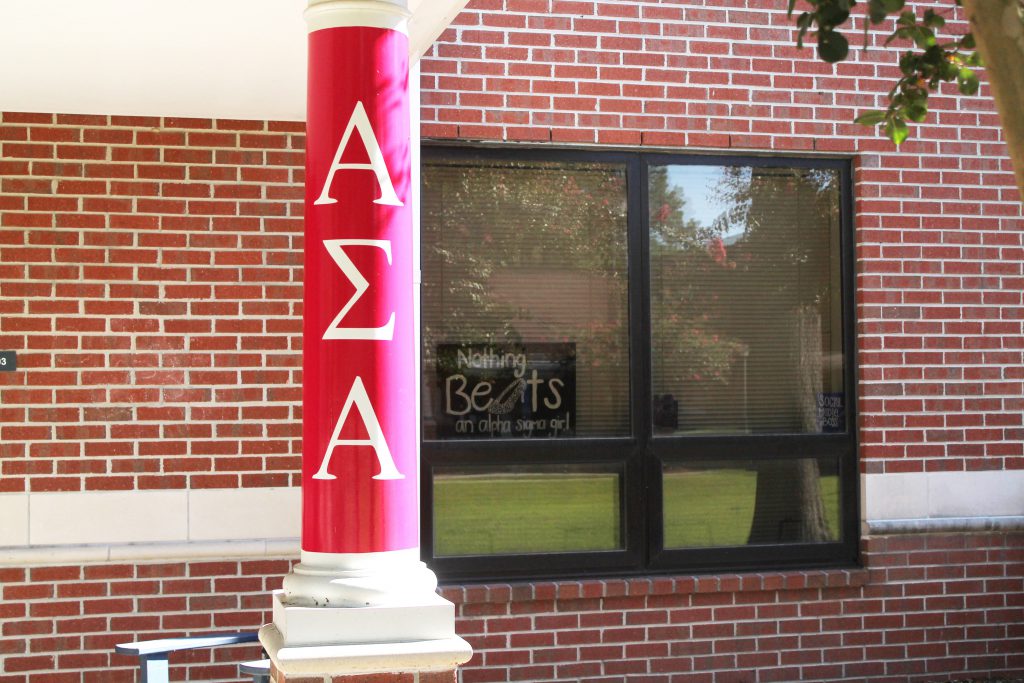We moved beyond the cave drawings of history into a society where penmanship was an art form practiced and considered a hallmark of a refined lady or gentleman. A handcrafted letter was an expensive thing to craft and send, as well as was a gift to receive. Jane Austen’s “Persuasion” is a testament to written communications between two people over time and distance. A handwritten note too was a demonstration of importance. If someone went through the time and expense of sitting down to compose even a short note, it was a way of commanding attention. Handwritten notes may have been written by the personal assistants of the one sending the message. Even with a sliver of possibility that the writer and man credited with the writing are not one in the same, the fact remains that the writings are still as relevant as the Rosetta Stone six centuries later.
We here in the United States of America attribute the modern-day postal system to Benjamin Franklin, when in fact the first one was developed as early as 500-550 B.C. Newspapers are a creation for which Julius Caesar is given a nod, before paper was paper, back in 105 A.D. Seven centuries would come to pass before there would be many advancements in communication. In the early 19th Century, communication followed the timeline of the Industrial Revolution with the development of the telegraph, radio, phone, then television. It was not long before the advent of remote controls gave rise to more advanced wireless devices, such as pagers, cell phones and computers and other notification devices.
In the 21st Century we have taken millennia of evolution in language and communication and crushed it into linguistic goulash. How can one find words to express the feeling of knowing another person took the time to write you a handwritten note? They thought enough to choose a particular form of paper or greeting card, crafted a personal note, addressed and placed a stamp on an envelope and put it in a mailbox.
A phrase many hear throughout their lives is, “It’s not what you say, but how you say it.” This is as true in personal communications as in professional communications. Today’s methods of communication are fast and the etiquette in using them effectively is still evolving.
It is easy to get fired up and respond in haste, but in this day and age of rapid communication rarely do we actually pause and consider the origin, or source of the communication.
Communication is currency and has value, because words do have meaning. Verbal communication may not have as much value as it once did; however, it is still essential to be sure what you want to say and what you are communicating are one in the same. Robert McCloskey once stated, “I know that you believe you understand what you think I said, but I’m not sure you realize that what you heard is not what I meant.”
Creativity and advancement of a society – be it via art, music, dance, writing, communications, or other industrial means – is important. Keeping one hand in the past while we reach to the future is also important in many arenas. Those who herald and champion the electronic age, or even written languages, let us take a moment and look at times in history when we were at the pinnacle of technology previously.
There are many ways to communicate today: when choosing a method of communication, consider the message you want to send, who is the intended recipient, what is the relationship and is the intent and value being received as it was intended.
For those who desire to be the next Alexander Graham Bell, or the next Thomas Hopkins Gallaudet, consider those that today might know how to use the most advanced computer codes and equipment, can do calculations for astrophysics in their head, or even recite a periodic table in Latin. Does it matter if they cannot communicate their thoughts, wishes, or desires to another person due to the impact of technology? Working with people who are living their own version of the “Diving Bell and the Butterfly,” by Jean-Dominique Bauby, it is difficult not to understand the frustration of those who love and care for these people. In this environment there is a constant reminder that there is so much knowledge, emotion, thought, expression, and so many hugs that will never be exchanged between parent and child, grandparent and grandchild, or even necessary responses between the caregiver and the care recipient due to the breakdown of tradition communication. If tomorrow you had all day to leave a message behind that could be irrefutably connected back to you in 5 to 100, years what method would you use?
Sabrina Lemons
smlemons@vwu.edu
